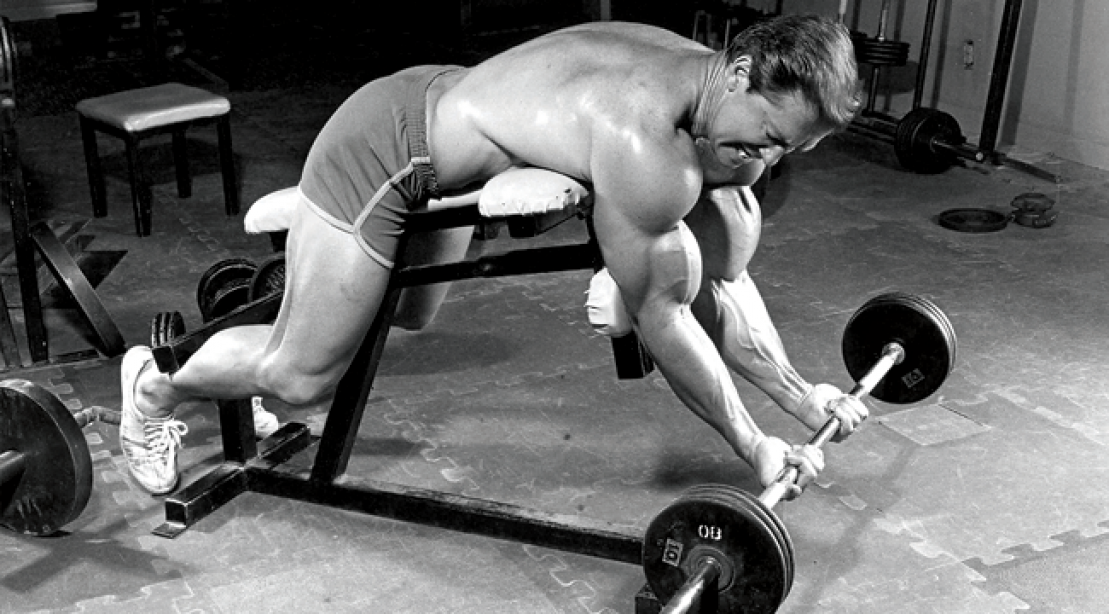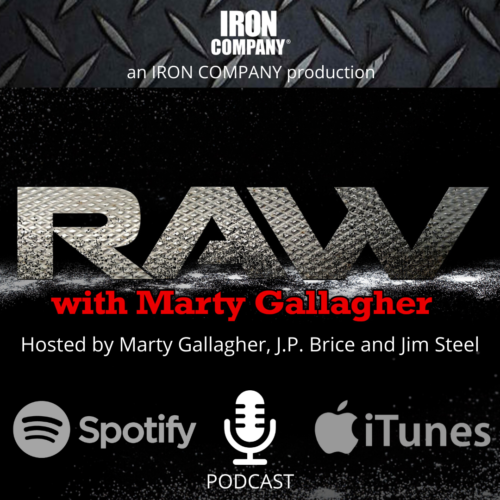
Isolation Exercises For Weightlifting
Isolation Exercises - Always eat your meat and potatoes, if you still have room, have some dessert
There are two generalized types of progressive resistance exercises: compound exercises and isolation exercises. Compound movements require groups of muscles to act together in synchronized fashion to complete the muscular task. Isolation movements zero in on a lone muscle to the exclusion of its muscular neighbors.
The barbell squat is a compound multi-joint exercise that activates quads, erectors, abs and to a lesser degree, hamstrings and upper back - supporting a heavy squat causes the upper back muscles to fire and contract. A seated leg extension isolates the quads. A deadlift activates every muscle in the back, from traps to tailbone whereas a rear delt raise with dumbbells isolates a lone back muscle. Elite strength athletes allot compound multi-joint exercises (and their variations) the bulk of available training time.
One problem for the beginner and intermediate trainee is the inability to differentiate between different exercises. In the rookie’s mind, there is not a lot of difference between a squat and a leg extension, between a machine exercise and a barbell exercise, between a partial rep and a full rep. In a (deluded) world where all exercises are equal, who wouldn’t pick a seated (isolation) machine row, done sitting on a plush pad, as opposed to a gruesome, horrific deadlift.
Unfortunately, all exercises are not equal, and their inequality is directly attributable to whether they are isolative or compound multi-joint. It also matters if the exercise is done on an exercise machine or using free weights. There is an exercise pecking order: compound multi-joint exercises trump isolative exercises; free-weight exercises trump exercise machines; full range-of-motion trumps partial range-of-motion. On and on it goes. We use isolation exercises. Some muscles can only be activated using them.
Classically, isolation exercises are done after the compound multi-joint exercises are completed. The big movement carpet bombs the muscular region and isolation exercises are then called upon to hone-in and mop up specific weak points.
For example, an advanced trainee working the bench press might start with competition grip touch-and-go bench presses. They could work up to a 5-rep top set before performing “back-off sets” in the wide-grip paused bench press. They might end with a set or two of narrow-grip bench presses. Then onto a select few pectoral isolation exercises: perhaps dumbbell flat flyes, 2-3 sets of 6-8 reps, before ending the workout with a set of two of pec-dec done to failure.
A big-time leg workout might start off working up to a heavy triple in the front squat with a power bar before shifting to back squats working up to a heavy five rep set. Then onto the isolation leg exercises: 2-3 sets of 8-12 reps in the seated leg extensions will set the quads on fire. Want more? Try a few sets of machine hack squats using a narrow stance, full ROM and a slowed rep speed. Most pros will do lying leg curls and calf raises to end a leg session to isolate the hamstrings and calves.
Compound Exercise Isolation Exercise
Legs:
squat seated leg extension
front squat sissy squat
leg press hack squat (deep, strict, slow)
Chest:
flat bench DB flat flyes
incline bench cable crossover
DB flat & incline press DB or Cable incline flyes
Shoulders:
overhead barbell press DB lateral raises front, side, rear
press-behind-neck cable lateral raises front, side, rear
DB press, seated, standing machine laterals
Back:
deadlift seated cable row
power clean prone hyperextension
barbell row upright row
In addition, the isolation exercises for the “outers,” forearms and calves, require serious work to build and strengthen the dense tissue of these tough muscles. High reps, high sets, using a variety of exercises, works best for bringing up calves and forearms. There are no real compound movements for the calves. A good case could be made that heavy back work builds the grip and building the grip also builds the forearms.
Past that, there are the abdominal muscles – which also has compound and isolation variants – to wit…
Compound Isolation
Roman chair sit-up crunch
Russian Twist downward cable side crunch
Leg raise, floor to ceiling frog kicks
How about arms? There are many compound multi-joint exercises that involve the triceps and there are a few compound multi-joint movements that involve the biceps. Arthur Jones and Mike Mentzer used to champion the chin as a compound exercise that involved the biceps. While that might be true, if the chins are strict enough to stress the biceps, there is only a small percentage of the training population that are able to do sets and reps of chins. A seated lat pulldown using an underhand chin grip and a strict style stressing the biceps can also be used as a bicep compound movement.
Compound Isolation
Chin-grip seated lat pull preacher curl
Chin-up seated incline dumbbell curl
Heavy barbell cheat curl spider curl
Close-grip bench press triceps cable pushdowns
Weighted dips nose-breakers with E-Z curl bar
Steep-incline DB press narrow-grip pushups
To use our overworked and completely appropriate analogy, think of the compound multi-joint prime movers as the meat and potatoes of the meal. Think of isolation exercises as dessert. Always eat your meat and potatoes first, if you have any room left over – have some dessert. We all love dessert. Just don’t make the fatal mistake of just eating dessert. These are empty calories if eaten alone. Never skip the meat and potatoes. But we all love dessert, so have some – but only after the main meal!
About the Author
As an athlete Marty Gallagher is a national and world champion in Olympic lifting and powerlifting. He was a world champion team coach in 1991 and coached Black's Gym to five national team titles. He's also coached some of the strongest men on the planet including Kirk Karwoski when he completed his world record 1,003 lb. squat. Today he teaches the US Secret Service and Tier 1 Spec Ops on how to maximize their strength in minimal time. As a writer since 1978 he’s written for Powerlifting USA, Milo, Flex Magazine, Muscle & Fitness, Prime Fitness, Washington Post, Dragon Door and now IRON COMPANY. He’s also the author of multiple books including Purposeful Primitive, Strong Medicine, Ed Coan’s book “Coan, The Man, the Myth, the Method" and numerous others. Read the Marty Gallagher biography here.


